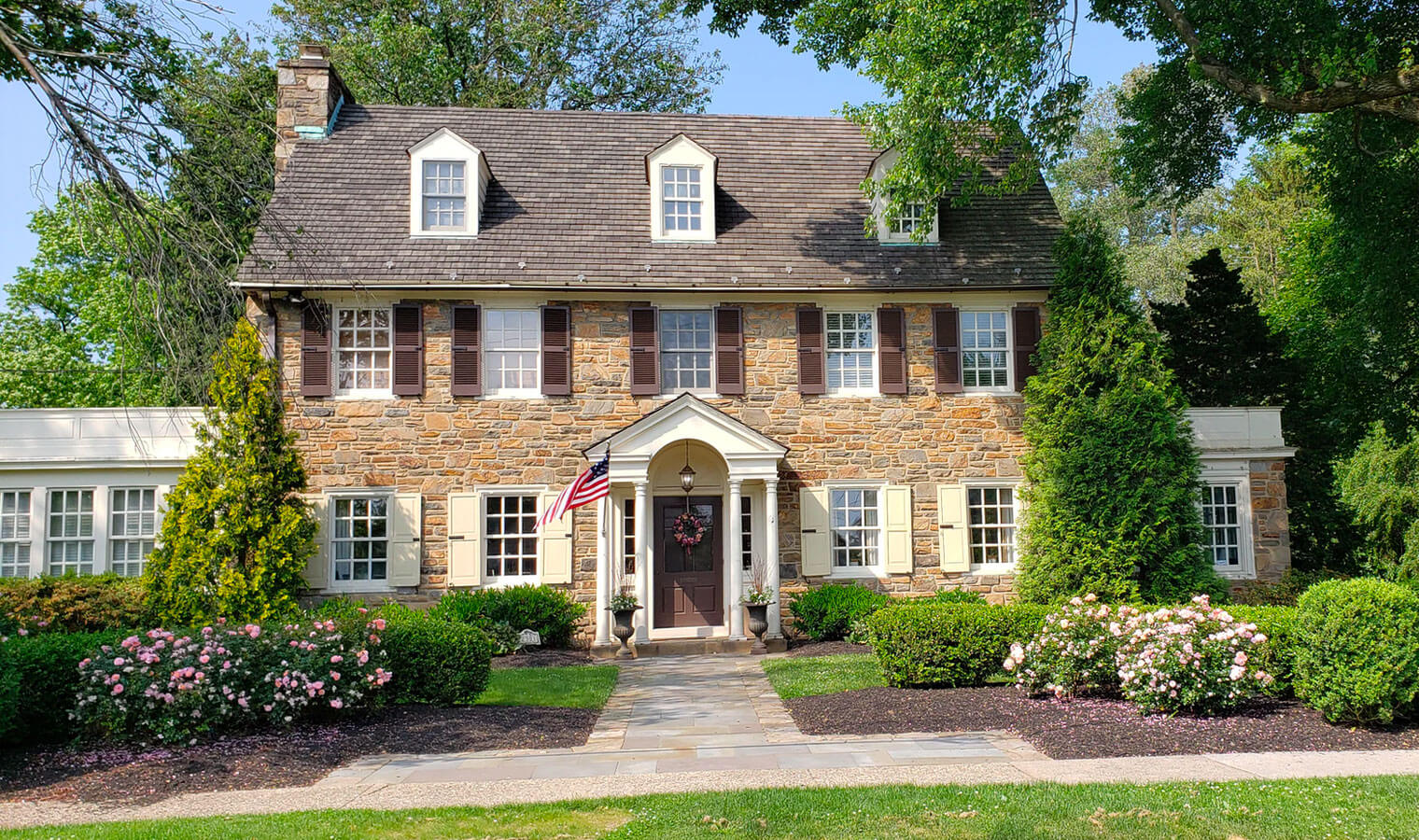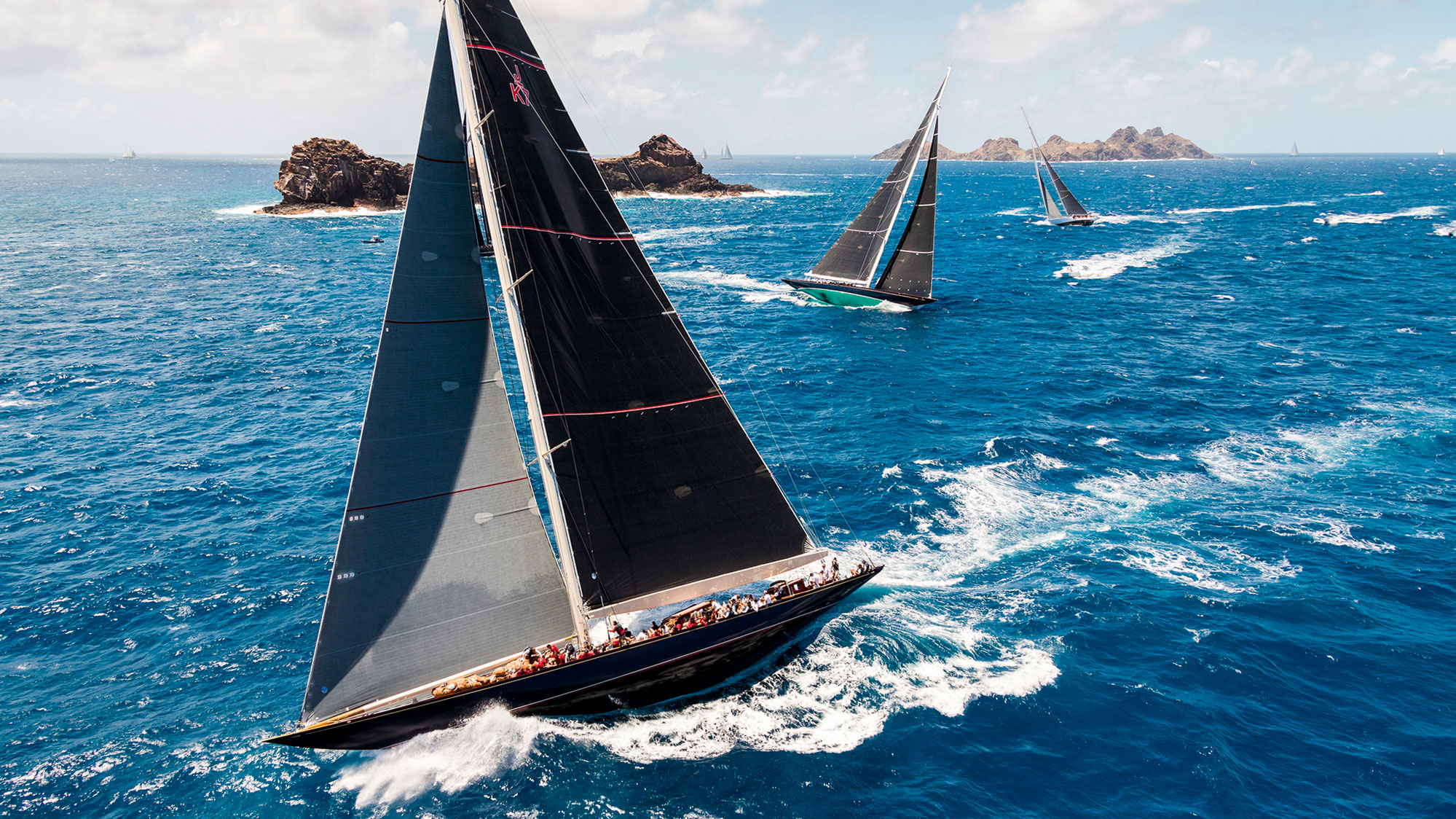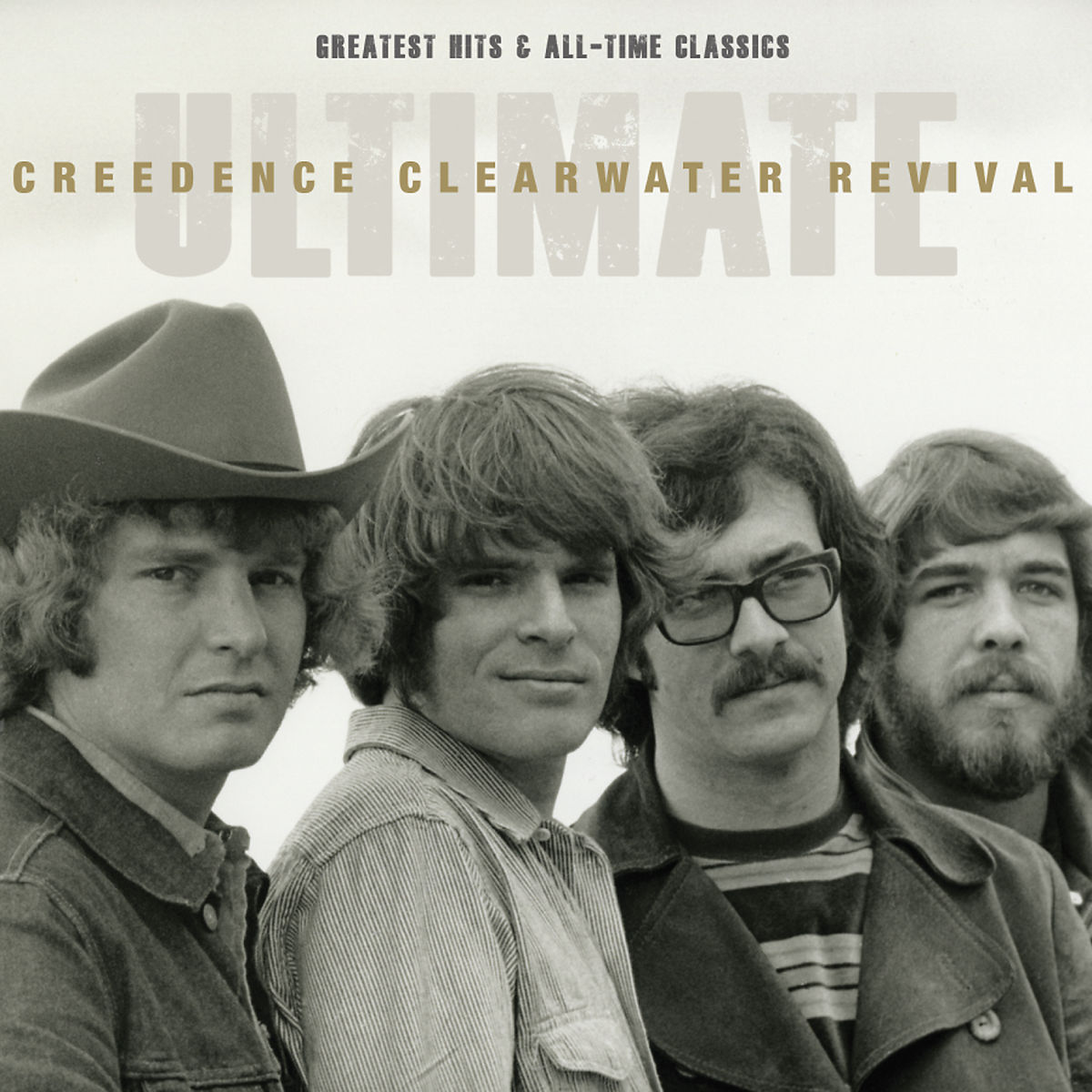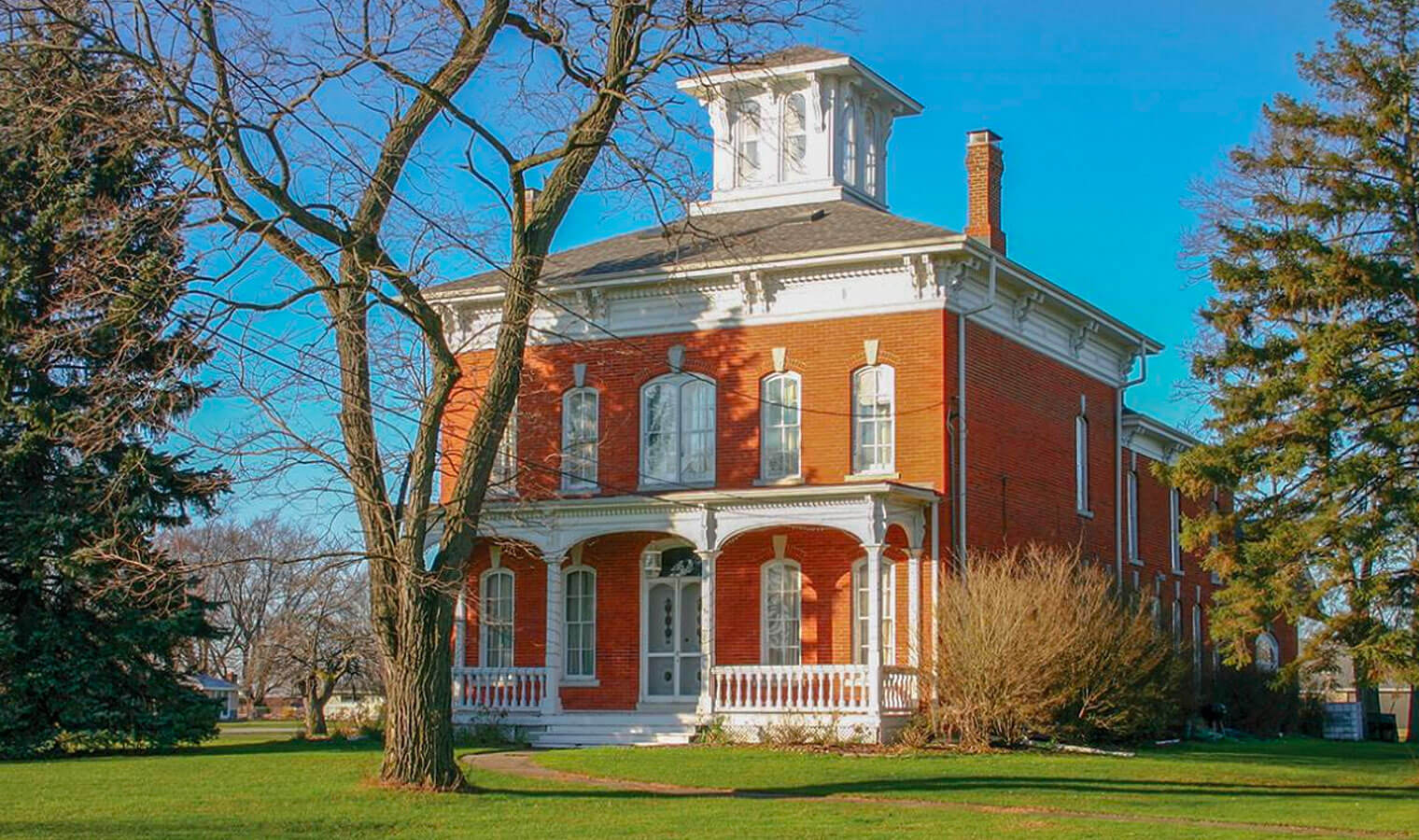Most Dutch Colonial homes you find today are actually from the Colonial Revival period of the early 20th Century. Original Dutch Colonial homes feature flared roof eaves and creative wood and brickwork. They are much more ornamental than classic Colonial homes, though the Dutch Colonial Revival style tends to be more subdued than the original Dutch Colonial homes.
Dutch Colonial Revival houses feature:
- Broad gambrel roofs that are visually similar to barn-style roofs
- Open-floor plans
- Flared roof eaves
- Split doors
The large barn-style roofs are the most identifiable feature of a Dutch Colonial home and even became known as “Dutch roofs.”
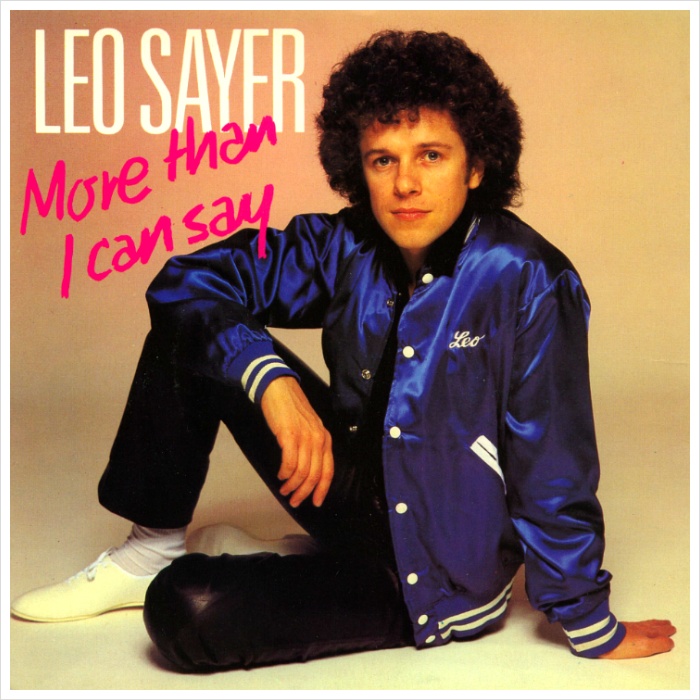
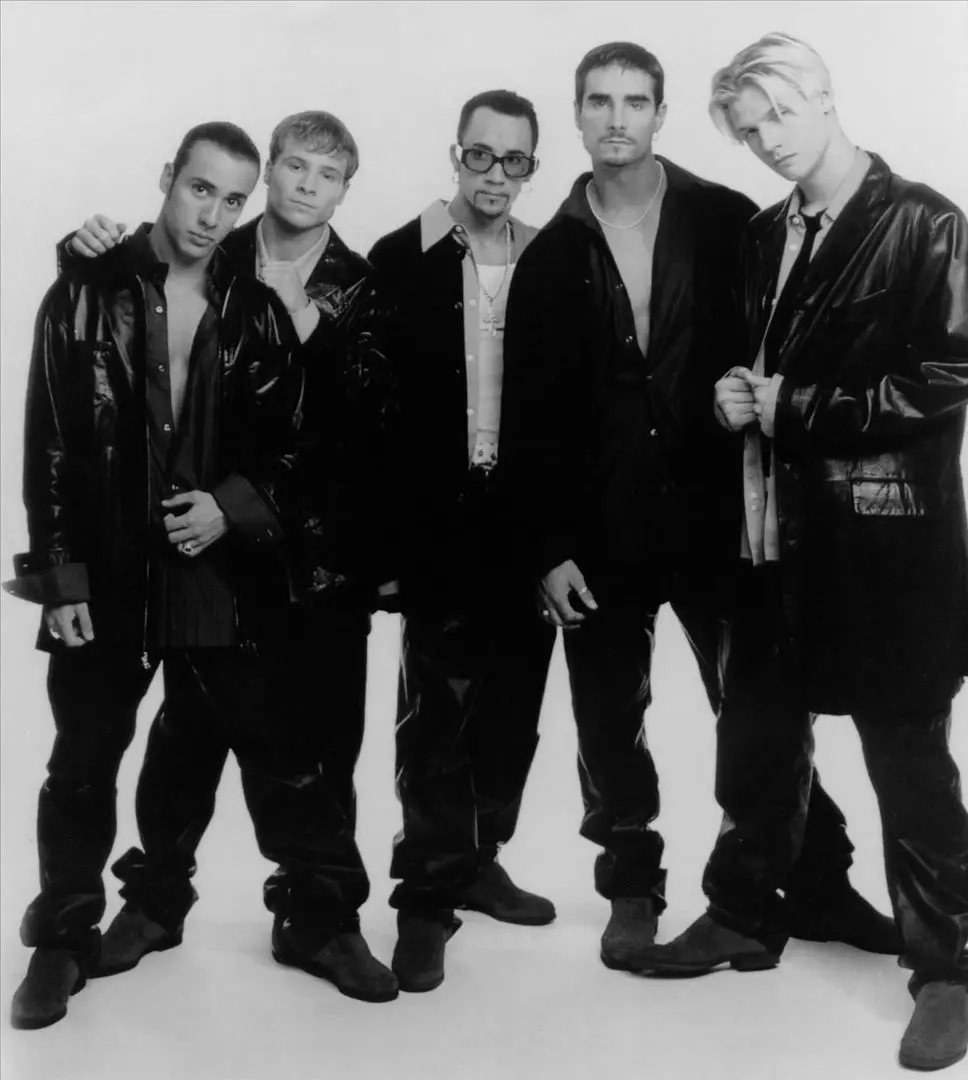

Contemporary homes resemble the modern homes of the mid-20th century with a renewed emphasis on sustainability. Current contemporary styles are rooted in minimalism, which you can see in these key features:
- Asymmetrical exterior
- Clean lines
- Open floor plan layout
- Geometry highlighted in its structure
- Sustainable building materials and features
Contemporary homes aim to find beauty in a simple and appealing design with ties to nature and more warmth than modern home styles offer.

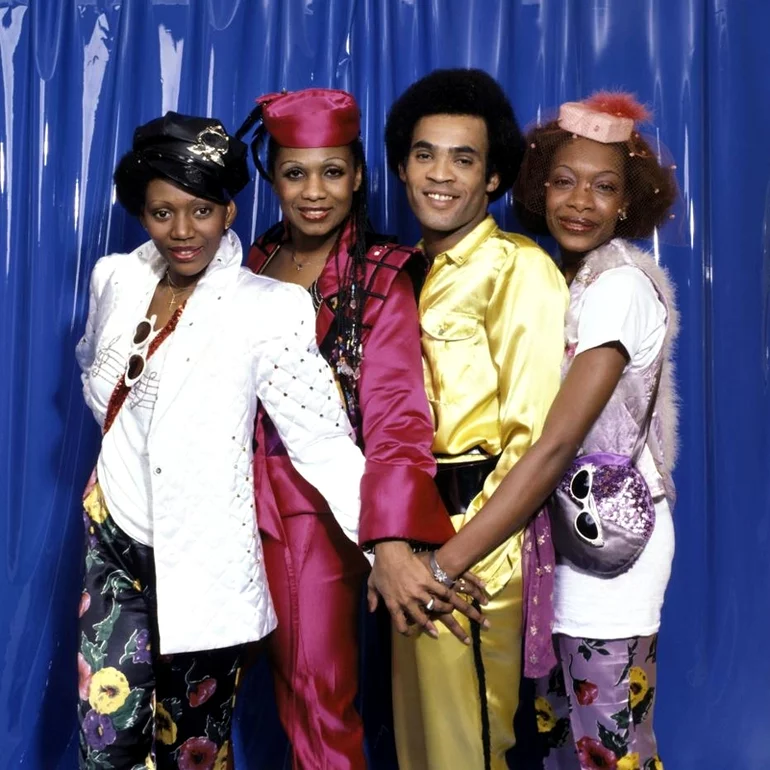

Townhomes are common in cities and densely populated neighborhoods. Townhouses are tall and narrow homes designed to make the most out of vertical space without too much of a yard or garden area.
Homes are considered townhouses when they:
- Share one or two walls with adjacent homes
- Have their own entrances
- Are built with multiple floors to maximize vertical space
- Often share a similar style to their neighbors’ homes and may operate under an HOA
Townhouses can be built to mimic other architecture styles, like Italianate and Greek Revival, while maintaining the condensed, vertical floor plan.

Federal-style homes became popular after the American Revolution and were a refined upgrade to the popular Georgian house style. They have the same recurring shape and symmetry as other Colonial house styles, but their delicate ornamentation sets them apart.
Federal Colonial homes often feature:
- A layout built around a central hall
- An elliptical fanlight and two flanking lights (windows) around the door
- Paladin or tripartite windows
The elliptical fanlights and paladin windows are key distinguishing features from Georgian-style homes.

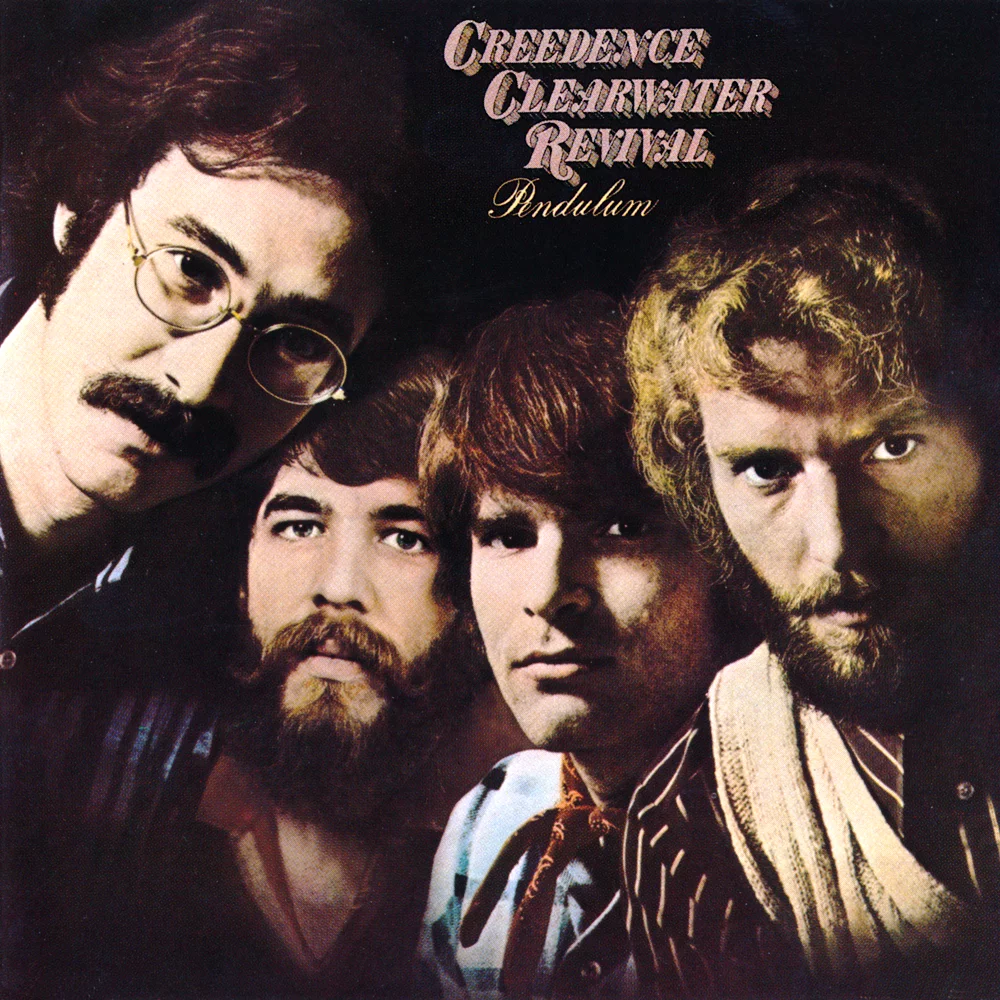
Around the 1820s, Americans experienced a renewed interest in classic Greek and Roman culture. This cultural shift was a natural fit for architects, who brought the Greek Revival house style to life.
Greek Revival architecture became popular in homes as well as businesses, banks, and churches. Prominent features include:
- Easy to identify shapes, including a rectangular building and triangular roofs
- Gable-front designs
- Large porches and protected entryways
- Greek-inspired columns both square and round
Greek Revival homes often have decorative trim and moulding around the front door and windows. These ornate features and columns are easy ways to identify Greek Revival architecture.
The Royal Exchange in London was founded in the 16th century by the merchant Sir Thomas Gresham on the suggestion of his factor Richard Clough to act as a centre of commerce for the City of London.[1] The site was provided by the City of London Corporation and the Worshipful Company of Mercers, who still jointly own the freehold. It is trapezoidal in shape and is flanked by Cornhill and Threadneedle Street, which converge at Bank junction in the heart of the city. It lies in the ward of Cornhill.
It has twice been destroyed by fire and subsequently rebuilt. The present building was designed by Sir William Tite in the 1840s. The site was notably occupied by the Lloyd's insurance market for nearly 150 years. Today the Royal Exchange contains Fortnum & Mason The Bar & Restaurant, luxury shops, and offices.
Traditionally, the steps of the Royal Exchange are the place where certain royal proclamations (such as the dissolution of parliament) are read out by either a herald or a crier. Following the death or abdication of a monarch and the confirmation of the next monarch's accession to the throne by the Accession Council, the Royal Exchange Building is one of the locations where a herald proclaims the new monarch's reign to the public.


Harley-Davidson, Inc. (H-D, or simply Harley) is an American motorcycle manufacturer headquartered in Milwaukee, Wisconsin, United States. Founded in 1903, it is one of two major American motorcycle manufacturers to survive the Great Depression along with its historical rival, Indian Motorcycles.[3] The company has survived numerous ownership arrangements, subsidiary arrangements, periods of poor economic health and product quality, and intense global competition[4] to become one of the world's largest motorcycle manufacturers and an iconic brand widely known for its loyal following. There are owner clubs and events worldwide, as well as a company-sponsored, brand-focused museum.
Harley-Davidson is noted for a style of customization that gave rise to the chopper motorcycle style.[5] The company traditionally marketed heavyweight, air-cooled cruiser motorcycles with engine displacements greater than 700 cc, but it has broadened its offerings to include more contemporary VRSC (2002) and middle-weight Street (2015) platforms.
Harley-Davidson manufactures its motorcycles at factories in York, Pennsylvania; Milwaukee, Wisconsin; Manaus, Brazil; Bawal, India; and Pluak Daeng, Thailand.[6] The company markets its products worldwide, and also licenses and markets merchandise under the Harley-Davidson brand, among them apparel, home décor and ornaments, accessories, toys, scale models of its motorcycles, and video games based on its motorcycle line and the community.
Harley-Davidson, Inc. is the parent company of Harley-Davidson Motor Company, Buell Motorcycle Company and Harley-Davidson Financial Services. Harley-Davidson Motor Company produces heavyweight motorcycles and offers a complete line of motorcycle parts, accessories, apparel, and general merchandise. Buell Motorcycle Company produces a line of sport motorcycles.
- 1870 Birth of William A. Davidson, Milwaukee, WI.
- 1876 Birth of Walter Davidson, Milwaukee, WI.
- 1880 Birth of William S. Harley, Milwaukee, WI. As he was born just after Christmas, his parents gave him the middle name “Sylvester.”
- 1881 Birth of Arthur Davidson, Milwaukee, WI.
- 1901 William S. Harley, aged 21, completes a blueprint for an engine designed to fit into a bicycle.
- 1903 Harley and Arthur Davidson build the first production Harley-Davidson in 1903. It features a 3-1/8-inch bore and a 3-1/2-inch stroke yielding 7.07 cubic inches (116cc). They make a more powerful motor with the assistance of Ole Evinrude – better known as the inventor of the outboard motor. It is designed for use on the wooden velodromes where popular bicycle races are held.
Harley and Davidson work in a 10 x 15-foot shed on Chestnut Street (later renamed Juneau Avenue) which is still the address of Harley-Davidson’s head office.
- 1904 The first Harley-Davidson dealer, C.H. Lang of Chicago, opens for business.
- 1906 A new 28 by 80-foot factory is built on Chestnut Street. The company has grown to have six employees. It produces its first catalog, and coins the nickname “Silent Gray Fellows.” It’s a reference to the fact that the bikes were painted dove gray, and that they were quietly reliable. (Evidently, the company’s founders were unaware that loud pipes save lives.)

- 1907 William A. Davidson joins the firm. Harley-Davidson Motor Company is incorporated, with stock shared by the Harley and the three Davidson brothers.
- 1908 Walter Davidson scores a perfect 1,000 points at the 7th Annual Federation of American Motorcyclists Endurance and Reliability Contest. Three days after the contest, Walter sets the FAM economy record at 188.234 miles per gallon.
Perhaps impressed with that reliability, Detroit becomes the first city to buy a H-D motorcycle for police use.
- 1909 “The Motor Company” makes its first V-Twin. It has a displacement of 49.5 cubic inches and produces seven horsepower.
- 1910 The ‘Bar & Shield’ logo is used for the first time in 1910 and was trademarked one year later.
- 1911 The ‘F-head’ single-cylinder engine is introduced and will remain in use until 1929. (This is not a reference to “Hey, f-head!” it’s a reference to the shape of the valve ports.) It is an inlet-over-exhaust design, with an overhead intake valve (in the head like a modern motor) but a “side” exhaust valve which is in the cylinder.
- 1912 Harley-Davidson begins exporting motorcycles to Japan. Construction begins on a six-storey headquarters. The Parts and Accessories Dept. is formed. The company has more than 200 dealers across America.
- 1913 The Racing Department is formed, under the control of Bill Harley.
- 1914 Sidecars are made available. Some models are briefly available with a two-speed transmission in the rear hub. Also, belts go out of fashion – for the moment. Harley-Davidson is one of the last motorcycle manufacturers to switch from leather drive belts to chains. The leather belts slipped, stretched and rotted, so chains are a big improvement.
- 1915 H-D motorcycles become available with three-speed sliding-gear transmissions with final and primary drive on the same side.
- 1916 The Enthusiast magazine is published for the first time.
- 1917 About a third of the company’s production is purchased by the Army. To train Army mechanics, the company starts the Quartermasters School. After the war, it will be retained as the Service School, providing factory-trained mechanics for dealers.
- 1918 Almost half of all H-D motorcycles produced are sold for use by the U.S. military in World War I. After Armistice is signed, Corporal Roy Holtz becomes the first American soldier to enter Germany. He does so on a Harley-Davidson motorcycle.
- 1919 The 37-cubic-inch Sport model is introduced. It’s a horizontally-opposed, fore-and-aft V-Twin.
- 1920 Now the largest motorcycle manufacturer, H-D boasts over 2,000 dealers in 67 countries.
The factory racing team, already known as “The Wrecking Crew” because it’s become so dominant in American racing, has a small pig as a mascot. The bikes are nicknamed “hogs” as a result.
- 1925 The company adopts teardrop-shaped gas tanks (previously they were flat-topped) that give its machines a very distinct look. Joe Petrali becomes one of the first salaried “factory racers.”
- 1926 Single-cylinder motorcycles are sold first time since 1918. Models A, AA, B and BA are available in side-valve and overhead-valve engine configurations.
- 1928 The first two-cam engine is made available on the JD series motorcycles. The bike can reach a top speed between 85 and 100 mph. Luckily, this year all H-D models are also available with a brake on the front wheel. Surprisingly few Harley-Davidson riders use them, even to this day.
- 1929 The D model is introduced with a rugged, 45-cubic-inch flathead V-Twin engine. The “Flathead” motor will be sold in various guises for over 40 years.
The stock-market crash heralds the Great Depression. In 1929, the company sells 21,000 motorcycles. It’s the strongest of the dozens – if not hundreds – of motorcycle brands that were launched in the first three decades of the century; only a handful will survive into the fourth.
- 1932 The three-wheeled Servi-car begins its 41-year run. (Sure they were used to deliver great corned-beef sandwiches, but they were also used by the guys who wrote 410,000,000 parking tickets, too.)
In racing, Joe Petrali begins a string of five consecutive national championships in dirt track, as well as four consecutive hill-climb titles. (In those years, the championship was decided in a single race.)
- 1933 The company sells only 4,000 motorcycles this year. To reduce costs for competitors, the AMA creates a new racing class, Class C, based on production equipment and allowing for limited modifications. Although the original, prototype-based Class A persists, the AMA emphasizes the new class. Purists resent the change.
- 1935 Alfred Child, the company’s agent in Asia, realizes that currency exchange rates are killing sales in Japan. He convinces the company to license production of its motorcycles in Japan. The Sankyo Seiyakyo Corporation purchases tooling and begins producing Harley “clones”. They are sold under the name Rikuo, which means “King of the Road.”
- 1936 Introduction of the EL, an overhead valve, 61-cubic-inch-powered bike, which earns the nickname of ‘Knucklehead’ because of the shape of its rocker-boxes. The company also introduces an 80-cubic-inch side-valve engine.
- 1937 Petrali sets a land-speed record of over 136 mph with a streamlined Knucklehead. The first WL models are produced.
William A. Davidson dies, two days after signing an agreement that makes the company a union shop.
- 1938 Ben Campanale wins the Daytona 200 on a 45 cubic-inch WLDR. The race was run on the 3.2-mile beach course.
The Jackpine Gypsies hold the first Black Hills rally in Sturgis.
- 1941 United States enters World War II. The production of civilian motorcycles is almost entirely stopped.
- 1942 When U.S. soldiers capture their first “Wehrmacht”-issue motorcycles in North Africa, they find that the BMWs and Zundapps are better suited to tough military duty. Harley-Davidson and Indian each develop about 1,000 machines for evaluation, with shaft drives and Flat-Twin motors copied from the Germans. They are never widely issued, though the machines cost Uncle Sam a whopping $35,000 each.
Walter Davidson dies.
- 1943 William S. Harley dies.
- 1945 The war finally ends. Between 1941-45 the company produced almost 90,000 WLA models for military use.
- 1946 The 45 cubic-inch, flathead, WR production racer is made. It conforms to stricter Class C AMA rules, which are intended to reduce costs for competitors. It’s a flathead, because in Class C, flatheads are allowed to displace 750cc, while OHV motors are limited to 500cc.
- 1948 The company’s 61 and 74 c.i. OHV engines are updated with aluminum heads and hydraulic valve lifters. Also new are the one-piece rocker covers, which resemble cake pans, earning the motor the nickname ‘Panhead.’
As part of Germany’s war reparations, the Allies loot German patents. The fine, small two-stroke motors built by DKW (seen in that
company’s popular RT125) are copied by BSA (the Bantam) and Harley-Davidson, which produces the model S that will come to be known as the Hummer. - 1949 Hydraulic front forks make their first appearance on the new Hydra-Glide models.
- 1950 Arthur Davidson dies.
- 1952 Returning servicemen seem to favor the lighter British Twins they saw “over there.” In response, Harley-Davidson creates the 45 c.i. side-valve K model. It’s a unit-construction motor – the crankcases and gearbox are one set of castings.
- 1953 Indian goes into its long, painful death throes. H-D, which celebrates its 50th anniversary this year will be only real motorcycle manufacturer in the U.S. for the rest of the century.
The aging WR and WRTT production racers are no match for the British 500s now invading the dirt tracks (and few road courses) of America. The H-D racing department counters with a new racer, the KR. Like the WR, it is a 750cc flat-head.
- 1955 The new KR begins a run of seven consecutive Daytona 200 victories, which will include the last race run on the old beach course and first one run at the new Daytona International Speedway.
- 1957 The Sportster is introduced. It is basically a larger-displacement version of the K motor, fitted with an OHV head. At 55 c.i., it offers performance to rival anything coming out of England (at least, anything coming out of England without a “Vincent” tank badge.) has a 55 cubic-inch overhead-valve engine.
- 1958 Hydraulic rear suspensions appear on the Duo-Glide.
- 1960 Harley-Davidson acknowledges the market potential of smaller machines. The company makes its first and only scooter, the Topper. It also purchases a half-interest in the Italian company Aermacchi, which produces fast and stylish single-cylinder machines of up to 350cc.
Brad Andres wins the last Daytona 200 run on the sand. 2nd through 13th (no, not 3rd, 13th) places all go to riders on KRs.
- 1961 The first Aermacchi design to reach America is the Harley-Davidson Sprint. Short-track racers are quick to realize that its good power and low center of gravity make it a winner.
- 1962 Harley-Davidson acquires the Tomahawk boat company and starts to learn about the uses of fiberglass.
- 1964 The humble Servi-Car is the first of the company’s machines to be fitted with an electric starter.
- 1965 The Duo-Glide and is fitted with an electric starter, and thus becomes the Electra-Glide.
- 1966 Riders clamoring for more power cause the company to update the old Panhead motor. The new engine has rocker boxes that resemble coal shovels. Hence, the new mill gets the nickname “Shovelhead.” This basic motor will remain in production for 20 years.
- 1968 After years of increasingly vociferous lobbying, the import manufacturers convince the AMA rules committee that the 250cc displacement advantage given to flathead motors is unfair. The AMA declares that, in the future, bikes with overhead valves (all the British and Japanese models) can also displace up to 750cc. Harley-Davidson lobbies to delay the implementation of the new rule for one more season.
- 1969 Although Harley-Davidson stock is publicly traded, it is still a relatively closely held corporation. The shareholders – perhaps sensing that the “Japanese invasion” is about to open a new front in the heavyweight category, with the Honda CB750 Four – sell the company to the American Machine and Foundry Company. AMF has hitherto been known to the American consumer as a maker of bowling balls, but it is in fact a large, diversified manufacturer.
AMF could have risen to the challenge presented by the sophisticated and comparatively affordable Honda. Instead, AMF’s managers roll a real gutter-ball. Harley-Davidson quality plummets. Before long, dealers are forced to rebuild motors under warranty and magazines are brutally critical of test bikes. Used Harleys are described as “pre-AMF” in classified ads.
- 1970 The racing department creates a new production racer, the XR-750. The motor is basically a destroked Sportster unit. It gets off to an inauspicious start; none of the factory entries reach the finish in the Daytona 200. The first Harley across the line is an ancient KRTT, ridden by Walt Fulton III.
- 1971 By mating the spare front end of the XL series with the frame and motor of the FL series, the company creates the first cruiser – the FX 1200 Super Glide.
- 1973 A new assembly plant is opened in York, PA.
- 1977 Although most Harley fans would rather forget the years in which the company was owned by AMF, there is one AMF-era bike that’s highly sought-after by collectors: the 1977 XLCR. That “CR” stands for Café Racer and the bike was only the second major project for Willie G. Davidson (the grandson of one of the founders.) While the model is prized now, it was rejected by Harley customers in 1977. Only 3,100 were sold and the model was dropped a year later – although dealers still had unsold XLCRs cluttering their showroom floors well into the ’80s.
The FXS Low Rider is also introduced this year.
- 1979 The FXEF “Fat Bob” is introduced. It’s called fat because of its dual gas tanks, and bob on account of its bobbed fenders.
- 1980 The FLT is introduced. It has rubber-isolated drivetrain and an engine and five-speed transmission which are hard bolted together.
Belts come back into fashion: a Kevlar belt replaces the chain as the final drive on some models.
The FXB Sturgis, featuring an 80 cubic-inch engine, and FXWB Wide Glide are introduced.
- 1981 After years of AMF mismanagement, Harley-Davidson has lost almost all customer loyalty and profits are in freefall. When a group of company executives led by Vaughn Beals offers to buy the division for $75 million, AMF quickly agrees.
Beals leads an amazing corporate turnaround. He funds new product development and implements world-class quality control. It’s impossible to know what would have happened to the H-D brand if Beals had not risen up to save it, but it’s certain that no one else could have done a better job at rehabilitating it.
- 1982 The FXR/FXRS Super Glide II are introduced, featuring a rubber-isolated, five-speed powertrain.
The company adopts a just-in-time inventory system on the manufacturing side, which helps to lower cost and improve quality.
- 1983 The Harley Owners Group (H.O.G.) is formed.
The company petitions the International Trade Commission (a branch of the U.S. federal government) to impose a tariff on Japanese motorcycles of over 700cc. As a result, many Japanese motorcycles that are sold as 750cc models in the rest of the world are sleeved-down to 700cc for the U.S. market.
- 1984 The 1340cc V2 Evolution engine appears on five models. Although it’s been in development since the AMF era, the motor proves the newly independent company has turned the corner in terms of build quality. It is far more reliable and oil-tight.
The Softail, which features concealed rear suspension and evokes the rigid-framed hogs of 30 or 40 years ago, meets with commercial success.
- 1986 Harley-Davidson diversifies with the acquisition of the Holiday Rambler motorhome company.
- 1987 The company makes its Initial Public Offering. Stock is traded on the NYSE, with the ticker symbol of HOG. The company petitions the ITC to relax the tariff on imported motorcycles, a year before it was scheduled to lapse. The move serves notice that Harley-Davidson is capable of competing on a level playing field, despite the fact that the Japanese companies now all make V-Twin cruisers that compete directly with the American offerings.
- 1988 Exploiting customers’ love of traditional styling, the Springer front end returns on the FXSTS Springer Softail.

- 1990 Introduction of the FLSTF Fat Boy.
- 1991 Introduction of the first motorcycle in the Dyna line, the FXDB Dyna Glide Sturgis.
- 1992 Harley-Davidson is the first company to equip all its models (except for a handful of racing motorcycles) with drive belts. Modern drive belts provide a smoother ride than chains, last longer, and free riders from the drudgery of chain lubrication and adjustment.
- 1993 H-D buys a minority interest in the Buell Motorcycle Company.
- 1994 The company enters the AMA Superbike Championship, fielding the water-cooled, DOHC VR1000. AMA rules specified that the company had to also build and sell 2,000 machines for road use, a process is called “homologation.” So, you may wonder, why have you never seen a road-going VR1000 if 2000 were sold? Because the model was homologated in Poland. By selling it there, Harley avoided U.S. liability and Poland’s lax laws allowed the barely-modified race bike to be legally licensed.
Despite being ably ridden by Miguel Duhamel, Pascal Picotte, Chris Carr and Scott Russell, the VR1000 will never win an AMA race.
- 1995 Harley-Davidsons are equipped with fuel injection for the first time.
- 1996 Sales of parts and accessories are an increasingly important part of the business – a fact reflected in the new, 250,000 sq. ft. facility the company opens in Franklin, WI.
- 1997 A new 217,000 sq.-ft. design center opens in Milwaukee. FL engine production moves to a newly purchased plant in Menomonee Falls. A new 330,000 sq. ft. plant in Kansas City takes over the production of Sportsters.
- 1998 The company opens its first foreign factory in Manaus, Brazil.
The remaining shares of Buell are also acquired.
- 1999 The Touring and Dyna lines receive the new Twin Cam 88.
- 2000 Despite spending tens of thousands of dollars in legal fees in the mid-’90s – and having initial success in its efforts to trademark the “potato-potato” sound of Harley motors – the company drops its U.S. Patent Office application. Harley-Davidson’s vice president of marketing, Joanne Bischmann, tells reporters, “I’ve personally spoken with Harley-Davidson owners from around the world and they’ve told me repeatedly that there is nothing like the sound of a Harley-Davidson motorcycle. If our customers know the sound cannot be imitated, that’s good enough for me and for Harley-Davidson.”
- 2001 The VRSCA V-Rod is introduced. The motor – which was designed with input from Porsche – is fuel injected, has overhead cams, and liquid cooling.
- 2003 It is estimated that 250,000 people come to Milwaukee to celebrate The Motor Company’s 100th anniversary.
- 2006 Fittingly, the ’06 model-year Dyna motorcycles come with six-speed transmissions.
The company announces a major new museum, scheduled to open in Milwaukee in 2008.
- 2007 Harley upgrades its Big Twin motor, stroking it out to 96 cubic inches and earning the moniker “Twin Cam 96.” The six-speed transmission from the Dyna line is added across the board.
- 2008 The Motor Company opens its impressive new museum in time for Harley’s 105th anniversary.
Purchases MV Agusta for $109 million in an attempt to take advantage of MV’s european distribution channels.
Introduces the XR1200, inspired by the XR750 flat track machine used to win countless championships. The XR1200 represents the first time H-D designed and marketed a motorcycle exclusively for the European market. Later, after demand from this side of the pond, the XR1200 is then sold worldwide.
- 2009 Keith Wandell becomes the first person since 1981 to become CEO of Harley-Davidson who hadn’t had any previous connections to The Motor Company.
Due to the economic recession, Harley-Davidson discontinues the Buell line and puts up MV Agusta for sale to focus on core business. This after The Motor Company declared profits dropped 84-percent since the previous year.
Announces plan to enter the rapidly expanding Indian market.
- 2010 In a throwback to the 883 series, AMA Pro Racing, along with title sponsor Vance & Hines, debuts the inaugural XR1200 series. Modifications are limited and place emphasis on rider talent. Danny Eslick wins the championship in its first year.

Prepared with historical input by Mark Gardiner and other sources.
copyright (c) 2013 Verticalscope Inc.Story from http://www.motorcycle.com/manufacturer/history-harley-davidson-motorcycle.html
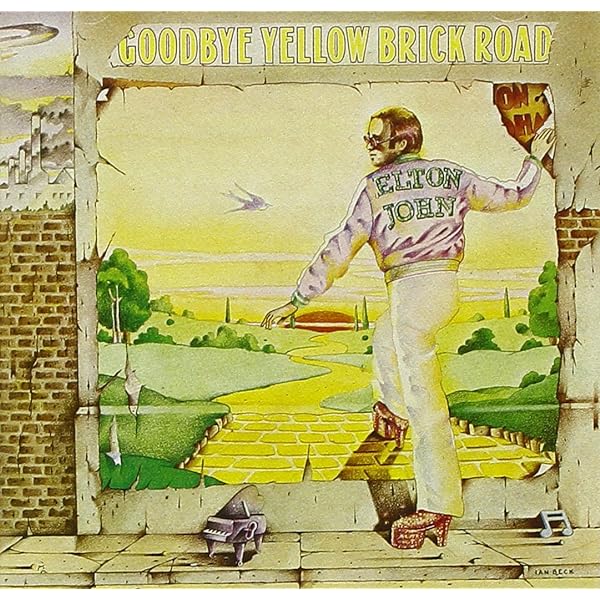

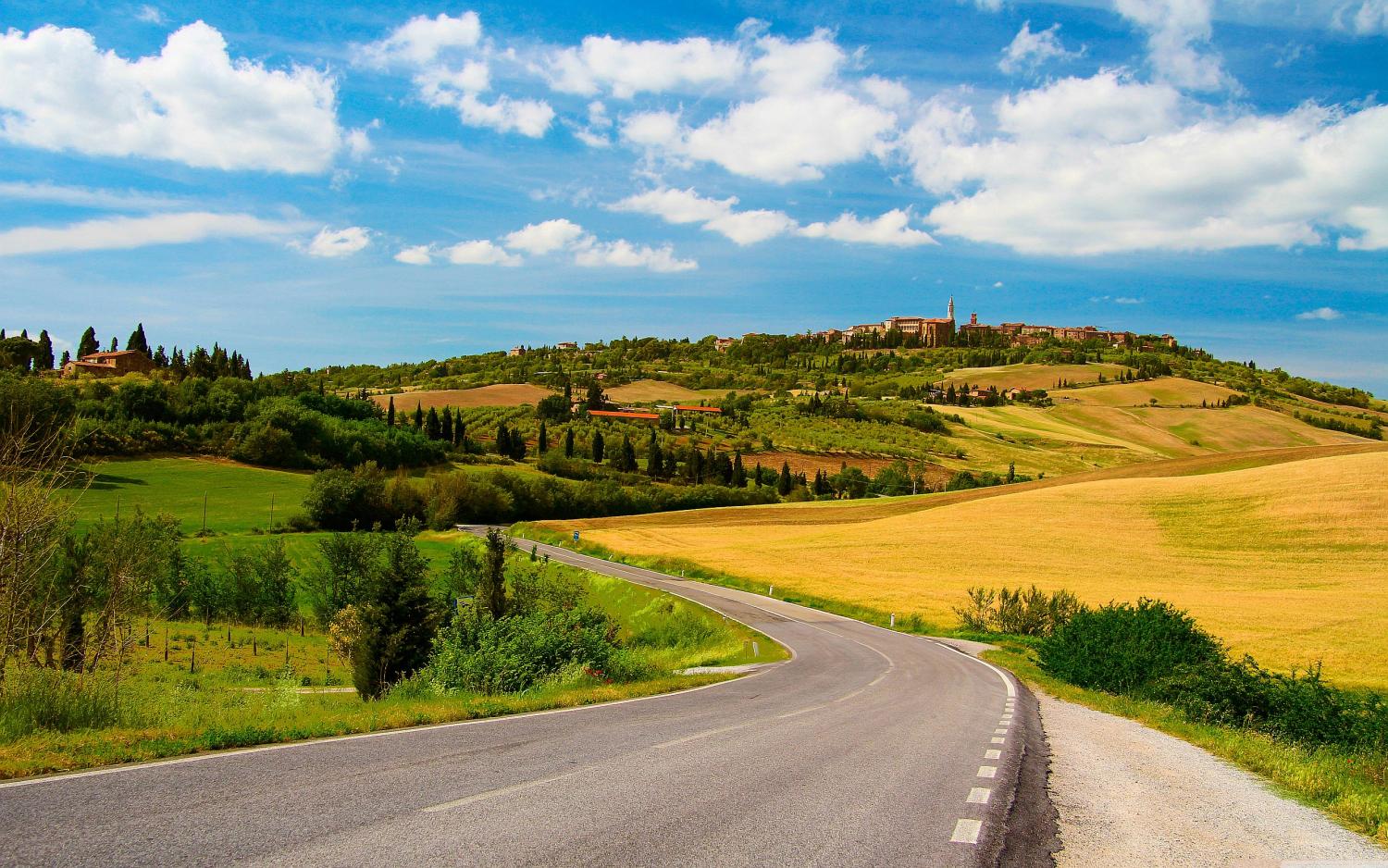
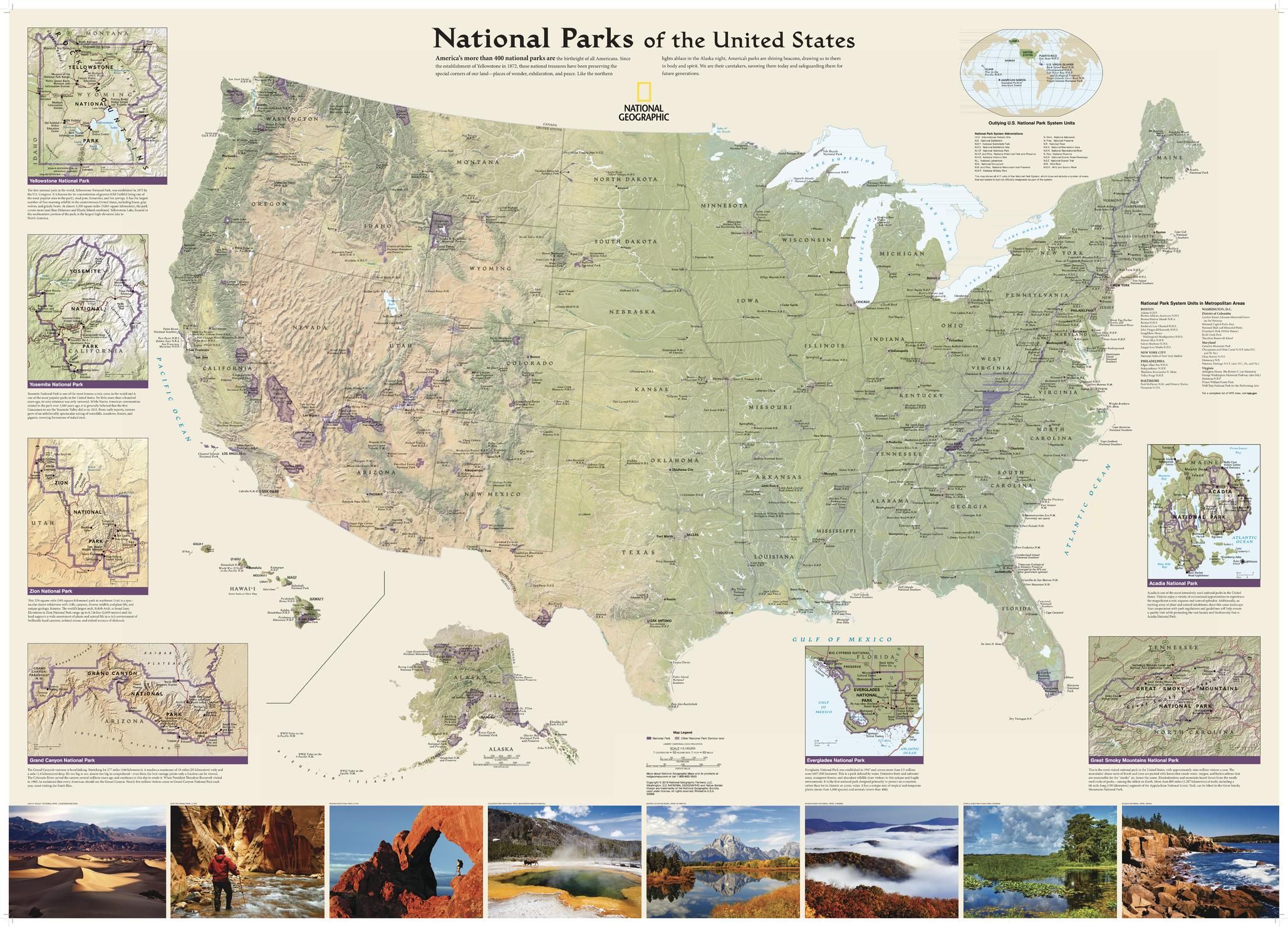
The United States has 63 national parks, which are Congressionally-designated protected areas operated by the National Park Service, an agency of the Department of the Interior.[1] National parks are designated for their natural beauty, unique geological features, diverse ecosystems, and recreational opportunities. While legislatively all units of the National Park System are considered equal with the same mission, national parks are generally larger and more of a destination, and hunting and extractive activities are prohibited.[2] National monuments, on the other hand, are also frequently protected for their historical or archaeological significance. Eight national parks (including six in Alaska) are paired with a national preserve, areas with different levels of protection that are administered together but considered separate units and whose areas are not included in the figures below. The 423 units of the National Park System can be broadly referred to as national parks, but most have other formal designations.[3]
A bill creating the first national park, Yellowstone, was signed into law by President Ulysses S. Grant in 1872, followed by Mackinac National Park in 1875 (decommissioned in 1895), and then Rock Creek Park (later merged into National Capital Parks), Sequoia and Yosemite in 1890. The Organic Act of 1916 created the National Park Service "to conserve the scenery and the natural and historic objects and wildlife therein, and to provide for the enjoyment of the same in such manner and by such means as will leave them unimpaired for the enjoyment of future generations."[4] Many current national parks had been previously protected as national monuments by the president under the Antiquities Act or as other designations created by Congress before being redesignated by Congress; the newest national park is New River Gorge, previously a National River, and the most recent entirely new park is National Park of American Samoa. A few former national parks are no longer designated as such, or have been disbanded. Fourteen national parks are designated UNESCO World Heritage Sites (WHS),[5] and 21 national parks are named UNESCO Biosphere Reserves (BR),[6] with eight national parks in both programs.
Thirty states have national parks, as do the territories of American Samoa and the U.S. Virgin Islands. The state with the most national parks is California with nine, followed by Alaska with eight, Utah with five, and Colorado with four. The largest national park is Wrangell–St. Elias in Alaska: at over 8 million acres (32,375 km2), it is larger than each of the nine smallest states. The next three largest parks are also in Alaska. The smallest park is Gateway Arch National Park, Missouri, at 192.83 acres (0.7804 km2). The total area protected by national parks is approximately 52.2 million acres (211,000 km2), for an average of 829 thousand acres (3,350 km2) but a median of only 208 thousand acres (840 km2).[7]
The national parks set a visitation record in 2017, with more than 84 million visitors and set a further record in 2018 with a 0.1% increase.[8][9] Great Smoky Mountains National Park in North Carolina and Tennessee has been the most-visited park since 1944,[10] and had over 14 million visitors in 2021.[11] In contrast, only about 7,000 people visited the remote Gates of the Arctic National Park and Preserve in Alaska in 2021.

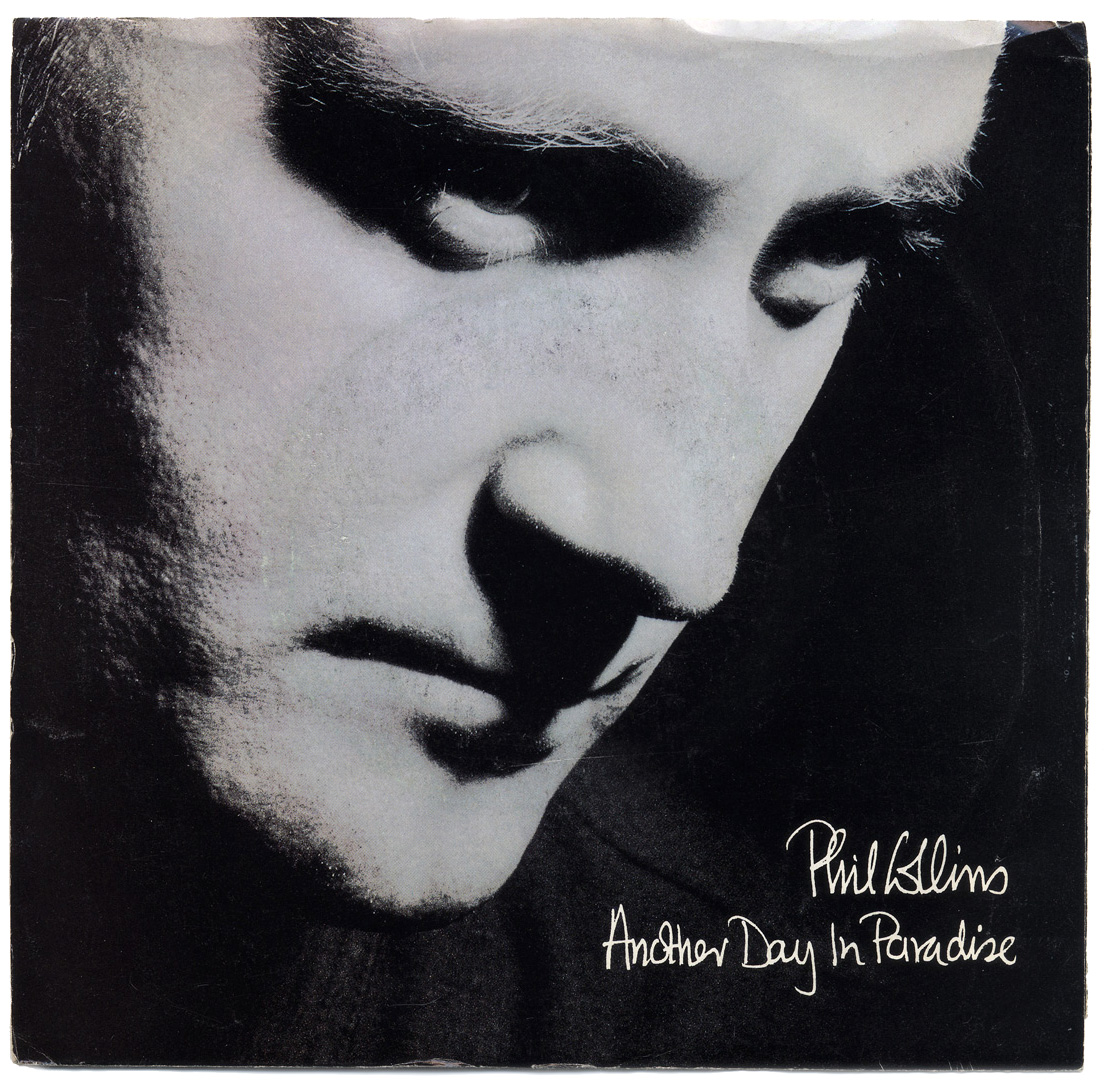
Gothic Revival architecture grew in the mid-19th century and was one of the early styles of Victorian-era homes. The Gothic Revival style takes influence from Medieval Europe and was designed as a country home. Architects believed the asymmetrical design and ornamentation complemented the nature of rural America.
Gothic Revival homes can be identified by their:
- Pointed arch in windows, doors, and decoration
- Elaborate wood trim vergeboards and bargeboards
- Steeply pitched roofs and front-facing gables
- Towers and turrets resembling medieval castles
Gothic Revival architecture was a popular style for schools and churches as well as rural homes.


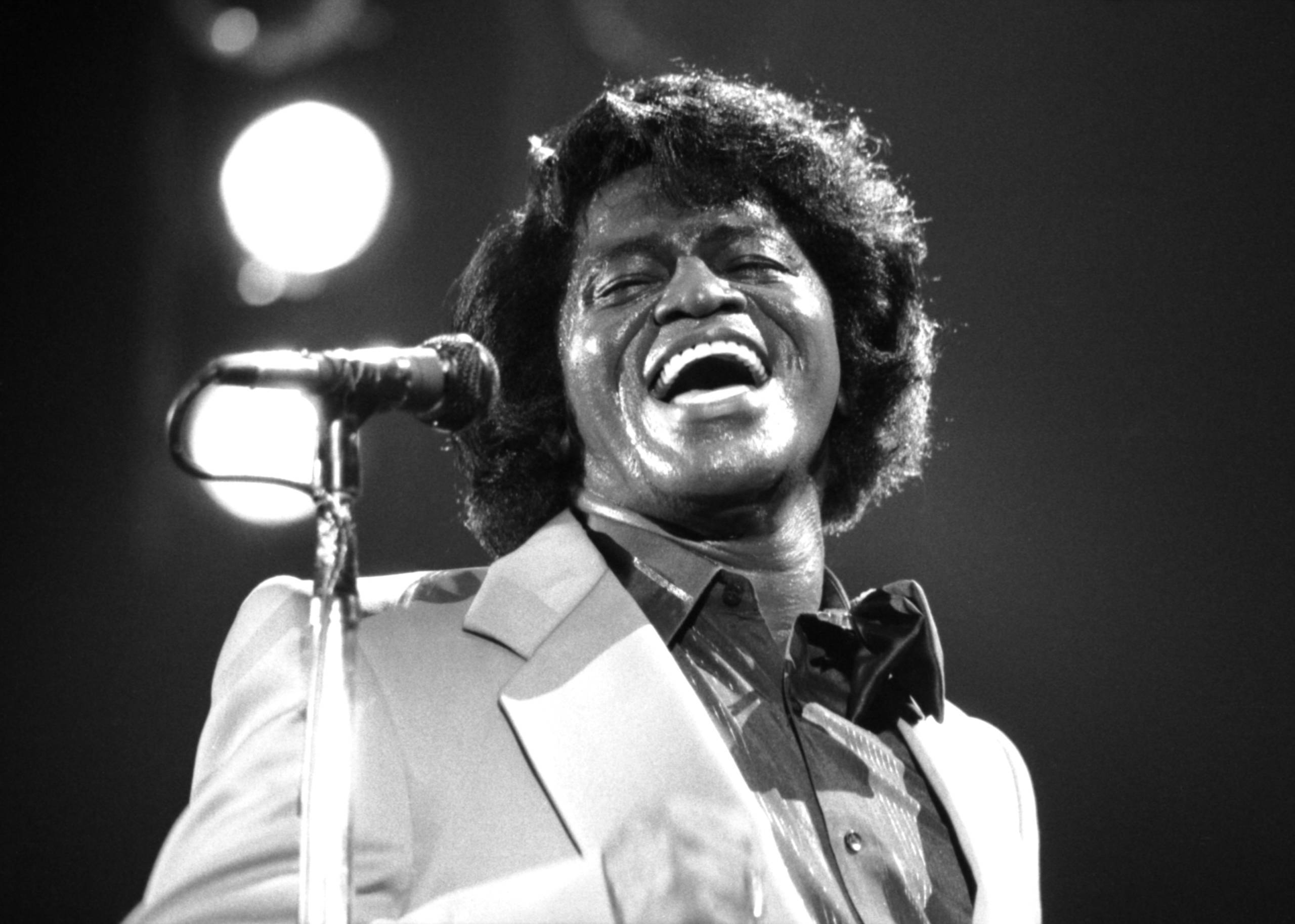
Italianate architecture continues the trend of asymmetrical design, romanticism, and Medieval influence — this time borrowing features from Medieval Italy. Italianate style is common up and down the East Coast and peaked in popularity between 1850 and 1880.
Italianate architecture features:
- Belvederes for natural light and airflow
- Overhanging eaves with decorative support brackets
- Tall and narrow or pedimented windows with rounded crowns
- Cast iron detailing and decor
Pattern books were becoming a popular way for craftsmen to build homes in different styles. This flexibility meant Italianate features were accessible for a variety of homes including large estates and urban townhouses.


